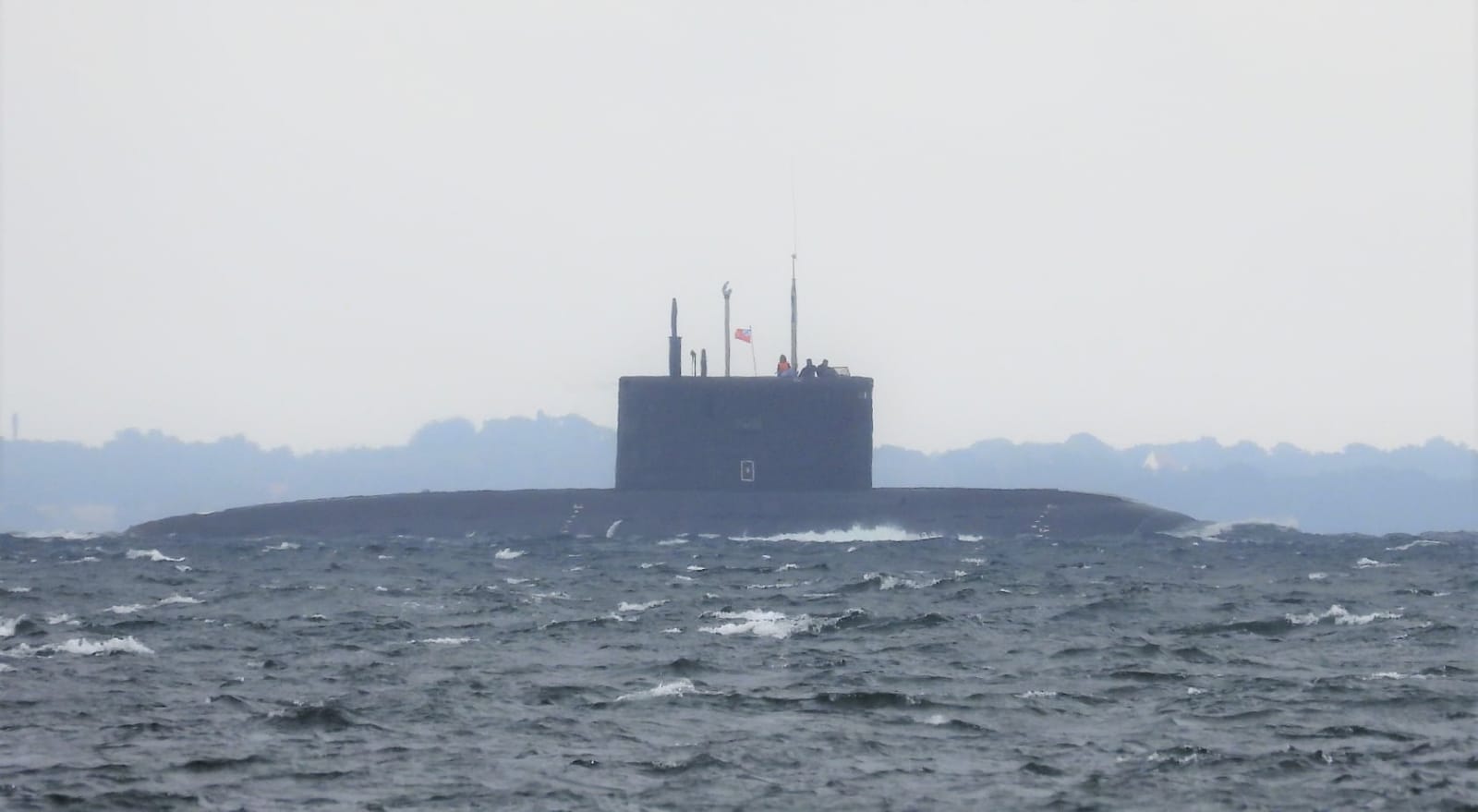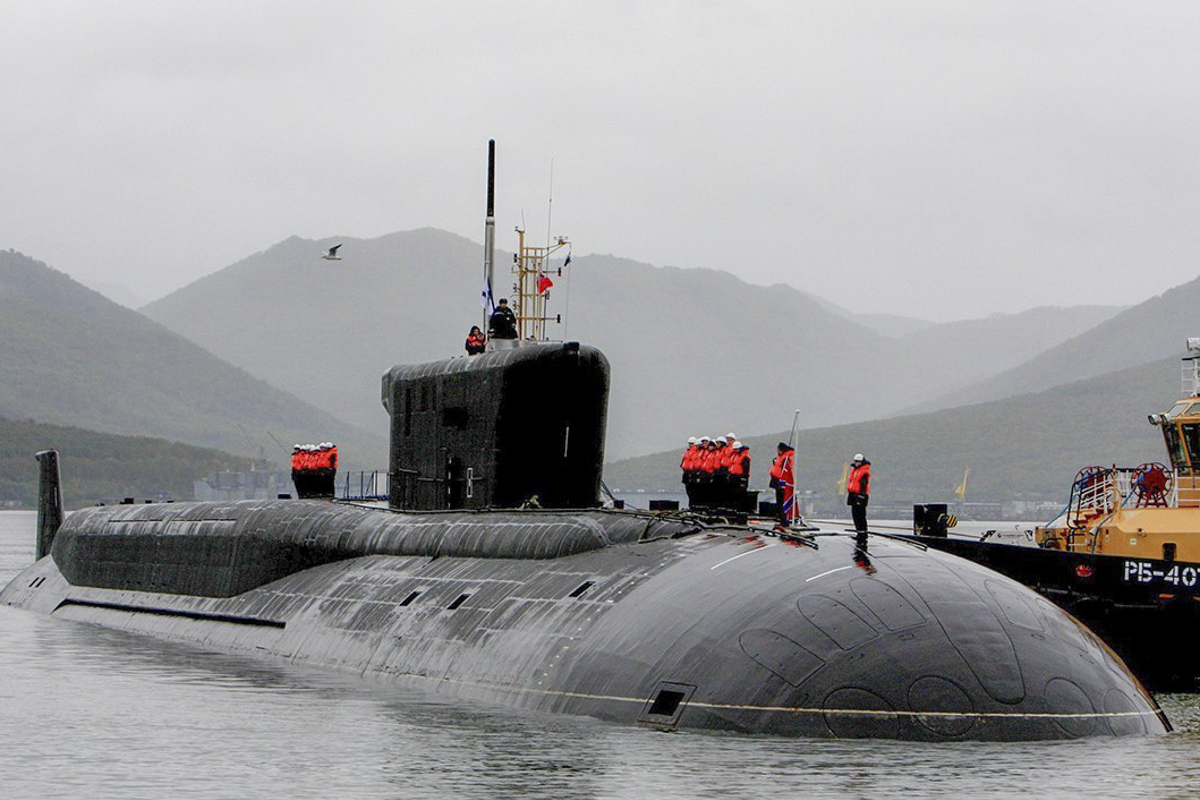Russia’s newest diesel-electric submarine Petropavlovsk-Kamchatsky launched a Kalibr cruise missile from the Sea of Japan, hitting a coastal target around 1,000 km away.
“The Petropavlovsk-Kamchatsky launched a cruise missile of the Kalibr complex at a ground target from a submerged position in the Sea of Japan. At the estimated time, the missile hit the coastal target position on the tactical field of Surkum [in the Khabarovsk region]. The firing range exceeded 1,000 kilometers,” the Russian Navy’s Pacific Fleet said in a statement.
Japan continues to assert territorial rights to the Kurile Islands in the nearby Sea of Okhotsk. Japan calls the islands the Northern Territories. Soviet troops seized them from Japan at the end of World War II.
The dispute has kept Russia and Japan from signing a peace treaty formally ending the war.

Unlike the United States Navy, which went all-in on nuclear power, Russia maintains fleets of both diesel and nuclear-powered submarines. While Russia maintains nuclear submarines for distant ocean patrols and its fleet of diesel submarines operate in Europe and the Middle East.
Silent Killers
Project 636.3 submarines (NATO reporting name: Improved Kilo-II) belong to the third generation of large diesel-electric subs and are among the world’s quietest underwater cruisers, according to TASS.
The first two submarines under Project 636.3 — the Petropavlovsk-Kamchatsky and the Volkhov — were laid down at the Admiralty Shipyard on July 28, 2017. The Petropavlovsk-Kamchatsky was floated out on March 28, 2019. It entered service with the Russian Navy on November 25, 2019, after passing trials.
The mainstay of the Russian Navy’s conventionally powered fleet is Project 877–class submarines, known as the Kilo-class. Nicknamed the “Black Hole” submarine by the US Navy, the Kilos are deadly quiet. The class has been built more or less continuously for 30 years.
The ships are powered by two diesel generators and an electric drive, giving them enough power to make ten knots at the surface and seventeen knots underwater. They are not fast submarines.
They have a range of six thousand to 7,500 nautical miles, meaning that from the Russian Northern Fleet headquarters they can patrol for one thousand nautical miles and then go on to Cuba.

Kilo-class submarines aren’t deep divers. According to Combat Fleets of the World, the Kilo-class normally dives to just 787 feet, with a maximum diving depth of 984 feet. The submarines do particularly well in shallow water, where they operate closer to the seafloor.
Kilos’ hull is reportedly shaped like a drop of water helping it reduce water resistance. The propulsion plant is isolated on a rubber base so it doesn’t touch the hull, preventing vibrations from turning into noise that can be heard outside the boat.
The ship has a rubbery anechoic coating to deaden noise emanating from the submarine. The air regeneration system can keep the crew supplied with oxygen for up to 260 hours, giving the ship almost two weeks’ worth of underwater endurance.
Russia’s Nuclear Submarines
The development of nuclear submarines in Russia goes back to its Soviet legacy. The first known commissioned nuclear subs were called November-class and one of its vessels reportedly became the first Soviet submarine to reach the North Pole in July 1962.
The Russian Navy has been upgrading the submarines with cutting-edge technologies, arms, and ammunition to host a state-of-the-art nuclear fleet through the years.

The Russian Ministry of Defense is paying special attention to the naval fleet as geopolitical warfare is slowly shifting towards seas. Two new series of nuclear submarines are set to replace Soviet-era Delta submarines.
One of them is the Borei-class, which is a series of nuclear-powered ballistic missile submarines equipped with new sonar and control systems. Considered one of the most advanced nuclear submarines, the first boat under the Borei-class called Knyaz Vladimir was commissioned in 2012.
The second is the Yasen-class (called Severodvinsk class by NATO), the latest addition to the Russian nuclear-naval fleet, which is based on a cruise missile system. Armed with anti-ship and land-attack cruise missiles, the Yasen and Yasen-M can carry cruise missiles like Kalibr-PL and Oniks as their strike weapons.
- The author can be reached at rmanojmenon@gmail.com
- Follow EurAsian Times on Google News





